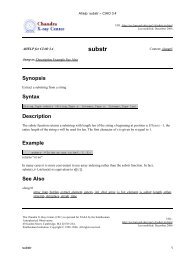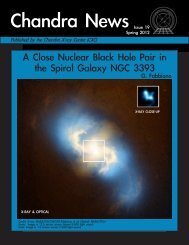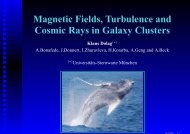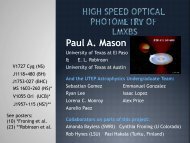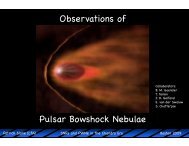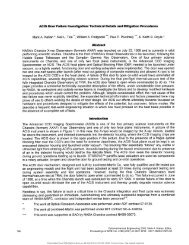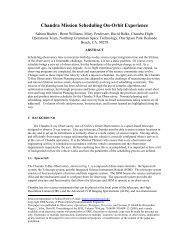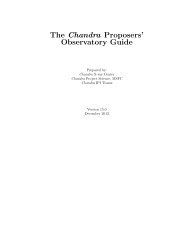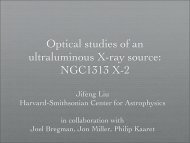observational overview of state transitions in x-ray binaries
observational overview of state transitions in x-ray binaries
observational overview of state transitions in x-ray binaries
You also want an ePaper? Increase the reach of your titles
YUMPU automatically turns print PDFs into web optimized ePapers that Google loves.
Lum<strong>in</strong>osity (erg/s)<br />
SPECTRAL EVOLUTION<br />
ux<br />
hardness<br />
1-<br />
Disk Fraction<br />
Dunn et al. 2010<br />
Alternative ways to trace the evolution that actually <strong>in</strong>volve some spectral fitt<strong>in</strong>g, produce<br />
similar look<strong>in</strong>g diagrams. Here I’m show<strong>in</strong>g a figure taken from a paper by Dunn et al. It<br />
show a so-called disk-fraction-lum<strong>in</strong>osity diagram, where disk fraction is def<strong>in</strong>ed as the ratio<br />
<strong>of</strong> disk flux and total flux. It is useful to compare outbursts <strong>of</strong> different sources, but it<br />
requires a lot more work and is less sensitive to subtle changes. For comparison they show<br />
how certa<strong>in</strong> selected observations <strong>in</strong> a HID map onto such a diagram - it clearly show the<br />
limitation to constra<strong>in</strong> disk fraction with RXTE, which is the reason I prefer to stick with the<br />
HID.



